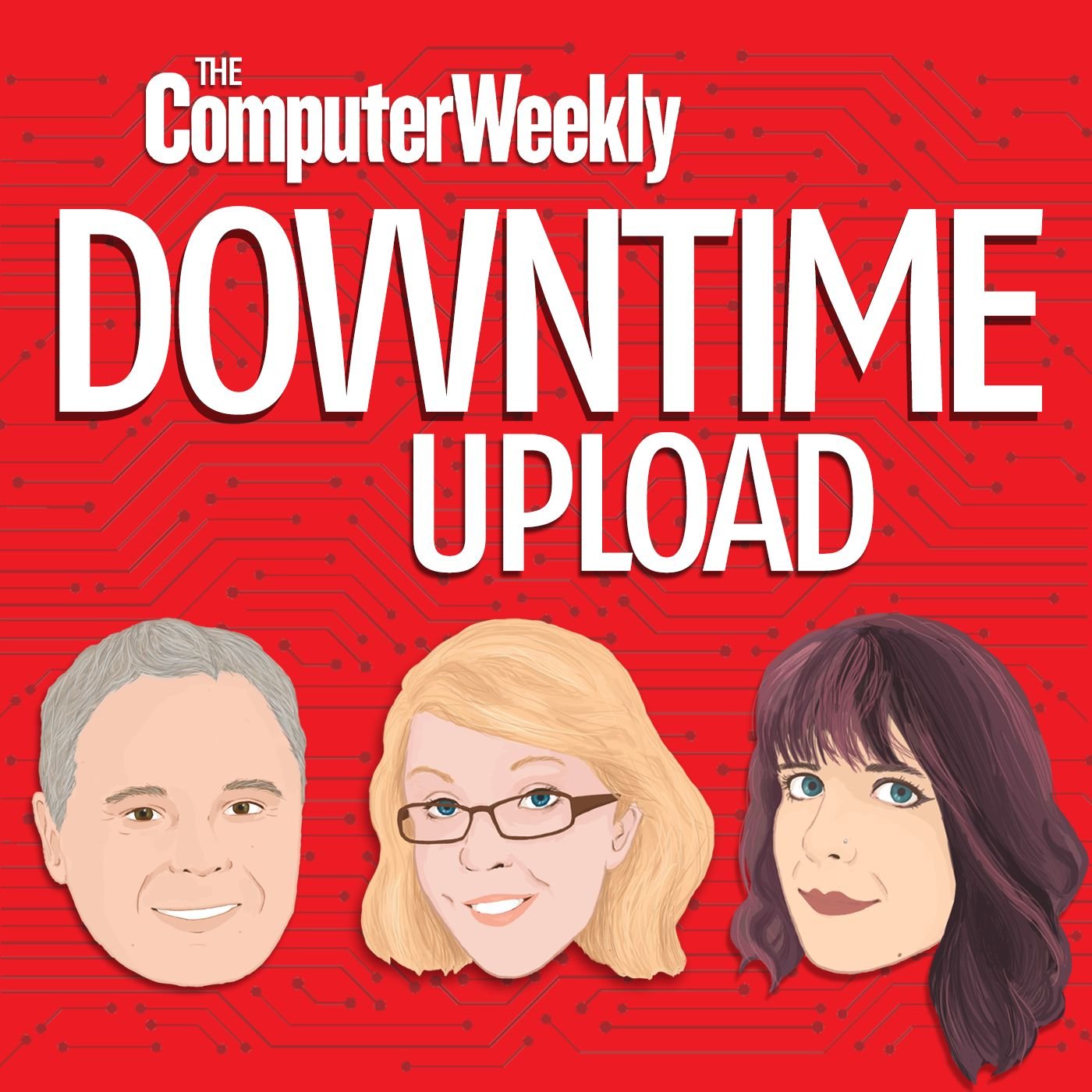
Prostock-studio - stock.adobe.co
The first 100 days: A Computer Weekly Downtime Upload podcast

We speak to the global IT director of Travelex about retraining and how new CIOs should avoid the temptation to copy and paste their IT strategy
Computer Weekly recently spoke to Hans van der Waal, Travelex’s global IT director, about managing digitisation projects. Discussing digitisation, he says Travelex does not want to completely “replace itself” with a digital alternative, but sees digital projects as an extension to its current presence.
“We regard our presence in some of the airports and other locations as our prime assets, and the way we support customers online is an extension of this physical presence,” says Van der Waal.
When he joined the company in 2019, there were some digital transformation projects in place that were “not entirely successful”.
Looking back on how to approach unsuccessful digitisation, Van der Waal recommends that any CIO coming into a new job to fix the mess should resist the urge to rip out everything and start with a fresh strategy and approach. In his experience, an incoming CIO should first spend time understanding the company.
“Don’t come in and say, ‘Well, I know what’s good for you’. You need to start to learn about the company,” he says. “Do you know what markets they operate in? Who are their key customers? What are the customers telling you? What does work and what doesn’t? What is the competition doing?”
Along with such questions, he believes it is paramount to assess internal IT, the talent in the team and the strengths of the architecture.
He also believes in the mutual benefits of partnering with software and technology service providers to bolster weaker areas of technology expertise and capabilities. “It’s win-win if you are able to partner with other companies in your ecosystem,” says Van der Waal.
Overall, he recommends that an in-coming CIO should avoid coming in and assuming they know everything. “At least a good part of the first 100 days is about getting to know the environment, the stakeholders, and your internal strengths and weaknesses,” he says.
Like many IT leaders, Van der Waal began his career as a programmer and, in his words, “worked my way up from that”. But that, he says, was a long time ago. He has spent most of his career in the Netherlands, in the banking environment, and drifted away from technology into other roles.
When he had a chance to change career, Van der Waal decided to reinvest in himself by going back to college to improve his understanding of the world of technology, in a way that is more focused than learning tech on the job. Although he understood concepts like cloud technology and faster application development, he says he found some aspects confusing.
“I really was sort of a bit confused on some of topics, such as what’s really going on with cloud technology, especially when you go beyond putting things in the cloud, and actually start looking at cloud-native tooling,” he says.
Grasping concepts like cloud-native computing or continuous delivery and integration (CI/CD) are often easier if they can be applied to solve a real-world problem on the job, but although he tried to improve his understanding while doing his day job in IT, Van de Waal admits that he wasn’t really getting a good understanding of how such concepts fitted together.
“In my early career, we talked about rapid application development. But nowadays it’s about what’s possible with DevOps and integrating security into your development cycle. I just couldn’t grasp from a distance how to do CI/CD. deploying code 100 times a day. So, I had to go in and get myself educated. I really enjoyed that. It was probably the best thing I could do.”


